Send us a Message
- Destinations
- Tours
- By Destinations
- By Themes
- Suggested Combination
- Duration
- About Us
- Reviews
Vietnam’s climate is shaped by its long, narrow geography stretching over 1,600 kilometers from north to south. The country experiences a tropical monsoon climate, meaning warm, humid weather for most of the year with distinct wet and dry seasons.
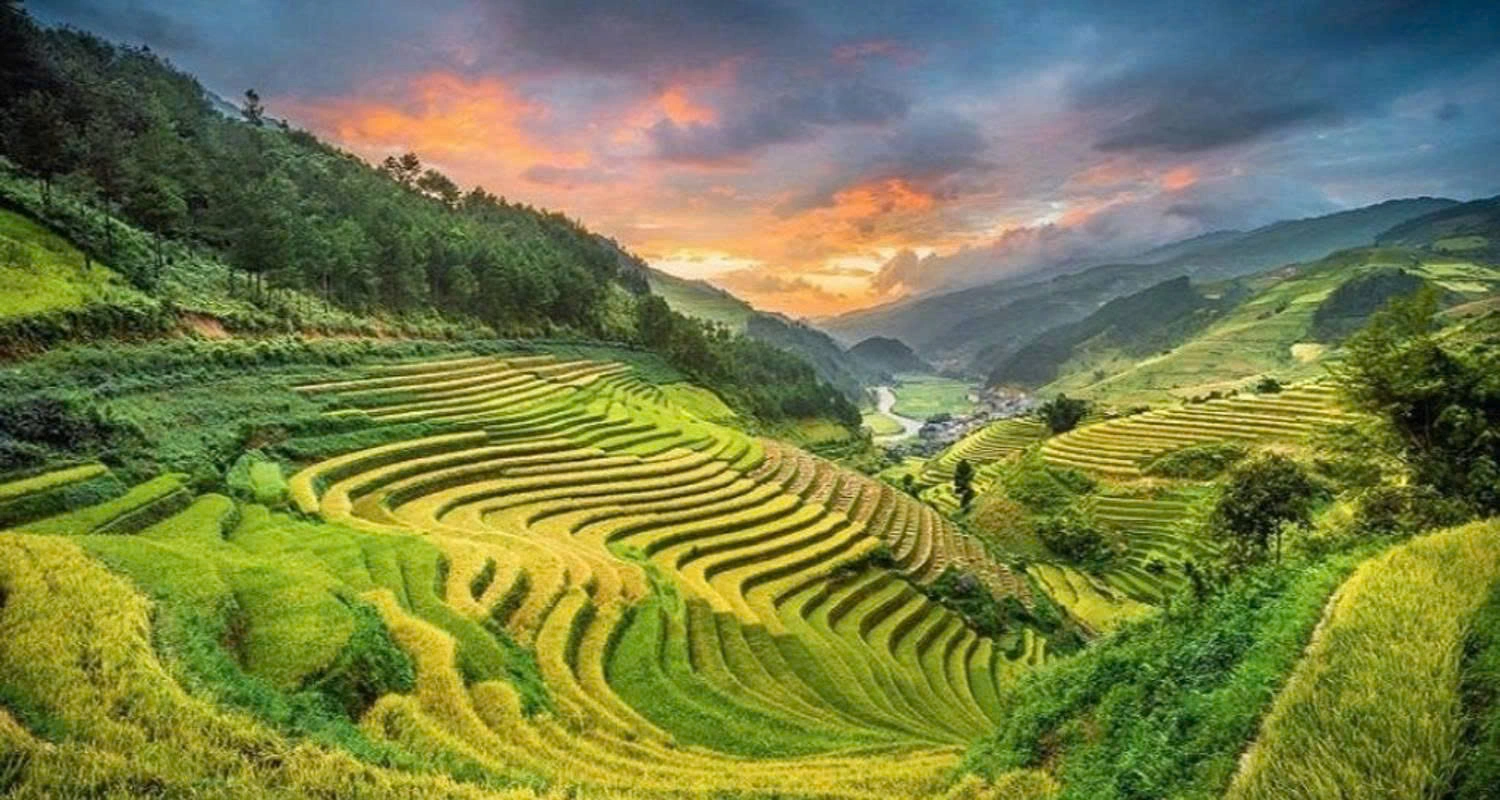
However, due to its varied topography, each region—north, central, and south—has unique seasonal patterns. While the north enjoys four distinct seasons, the central coast is often influenced by typhoons, and the south follows a two-season rhythm. This diversity allows Vietnam to offer year-round travel opportunities, as each season brings its own beauty.
Northern Vietnam Climate & Seasons
Northern Vietnam, including Hanoi, Ha Long Bay, and Sapa, experiences four distinct seasons. Winters (November to February) can be surprisingly cold, especially in mountainous areas like Sapa, with mist and occasional frost. Spring (March to April) brings mild temperatures and blooming flowers, while summer (May to August) is hot and humid with heavy rains. Autumn (September to October) is cool, dry, and widely considered the most beautiful season. This region’s varied climate offers travelers everything from lush green landscapes to crisp autumn skies.
Best Time to Travel Northern Vietnam
The ideal time to visit northern Vietnam is during autumn (September to November) and spring (March to April). During these months, the weather is mild, skies are clear, and rainfall is minimal, perfect for sightseeing and outdoor activities. Autumn is especially scenic, with golden rice terraces in Sapa and refreshing breezes in Hanoi. Winter appeals to those seeking a quieter atmosphere and cooler temperatures, though it may be foggy. Summer can be hot and rainy but is a good time for Ha Long Bay cruises.
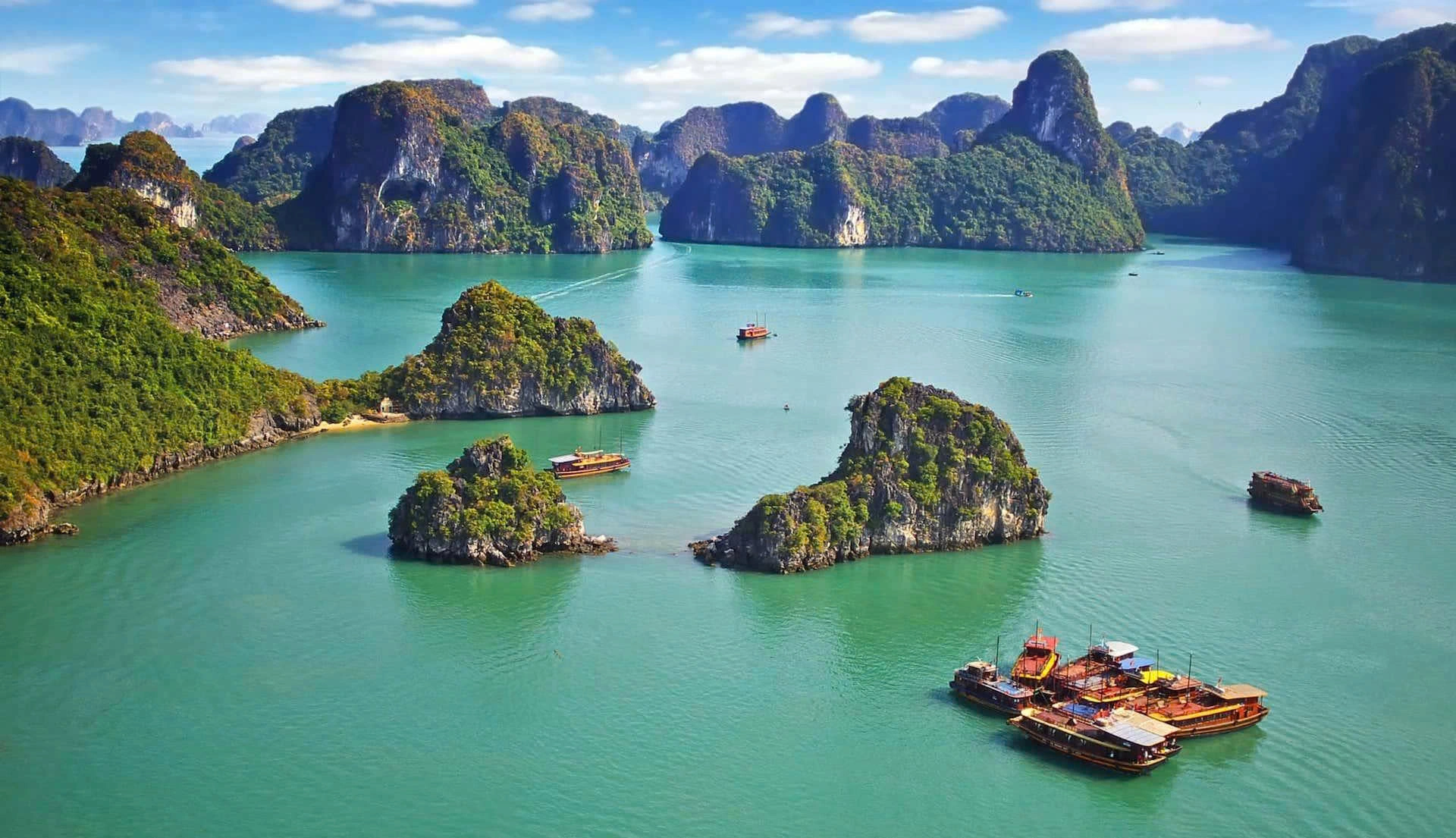
Central Vietnam Climate & Seasons
Central Vietnam, covering Hue, Da Nang, and Hoi An, has a tropical climate with distinct wet and dry seasons. From February to August, the region is hot and dry, making it ideal for beach holidays. September to January brings heavy rains and occasional typhoons, especially in coastal areas. Temperatures remain warm year-round, but the summer sun can be intense. The mountains in central Vietnam create microclimates, sometimes shielding inland areas from coastal storms.
Best Time to Travel Central Vietnam
The best months to visit central Vietnam are from February to May, when the weather is warm, sunny, and less humid. Beaches in Da Nang and Hoi An are at their most inviting, while cultural explorations in Hue are comfortable without extreme heat. June to August is also good for beach lovers but can be quite hot. Travelers should be cautious from September to November, when typhoons may disrupt plans. Early spring offers the perfect balance of pleasant climate and fewer crowds.
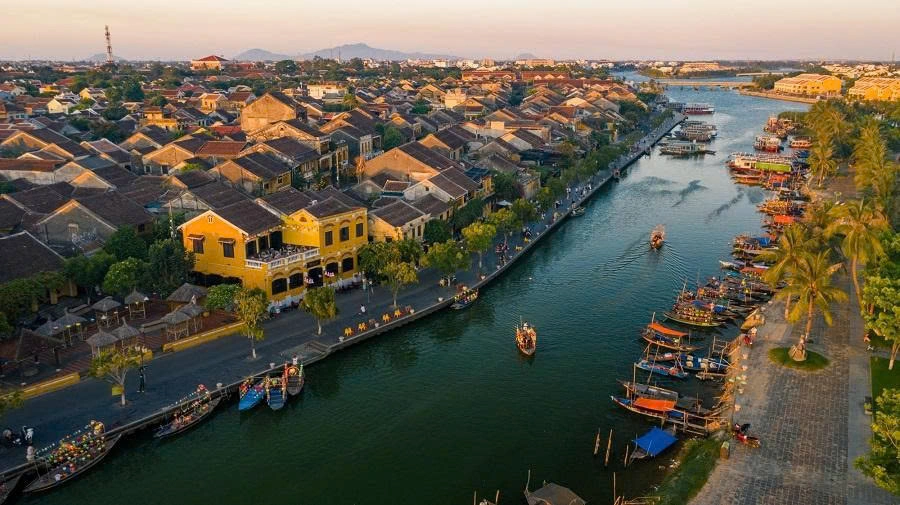
Southern Vietnam Climate & Seasons
Southern Vietnam, including Ho Chi Minh City, the Mekong Delta, and Phu Quoc, has a tropical climate with just two main seasons: dry and wet. The dry season lasts from November to April, bringing warm sunshine and lower humidity. The wet season runs from May to October, with frequent afternoon showers but still plenty of daylight hours. Temperatures remain consistently warm year-round, usually ranging from 25–35°C. Despite the rains, travel is rarely interrupted as showers are short-lived.
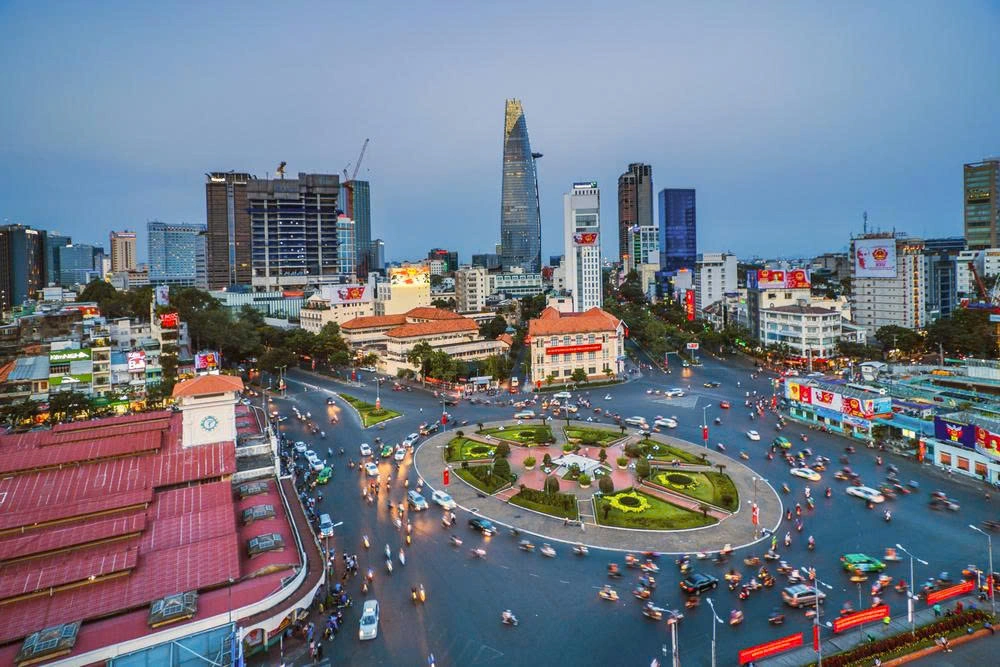
Best Time to Travel Southern Vietnam
The dry season (November to April) is the best time to visit southern Vietnam, with blue skies and comfortable conditions for city tours, river cruises, and beach escapes. December and January are especially pleasant, coinciding with festive events like Tet (Lunar New Year). The wet season can still be enjoyable for travelers seeking fewer crowds and lush green landscapes, as rainfall refreshes the countryside. Islands like Phu Quoc are stunning year-round, though dry months make beach activities more ideal. Overall, the south is welcoming in every season, depending on traveler preferences.
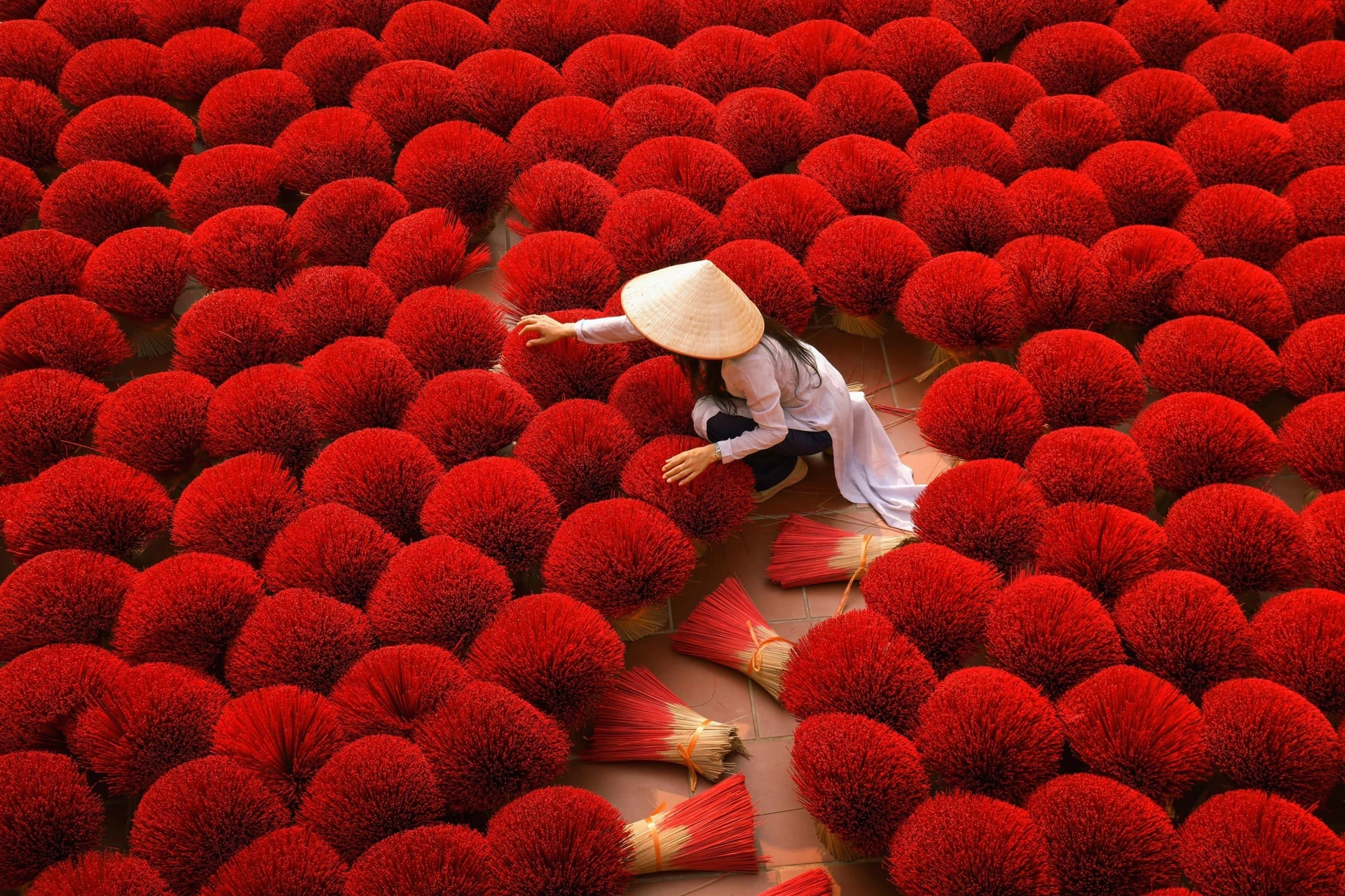
Vietnam is a country full of history, culture, and natural beauty, offering unforgettable experiences for every type of traveler. From bustling cities and ancient temples to serene countryside and pristine beaches, there is something for everyone. With careful planning, attention to local customs, and consideration for dietary or religious needs, Israeli travelers can enjoy a safe, enriching, and memorable journey.
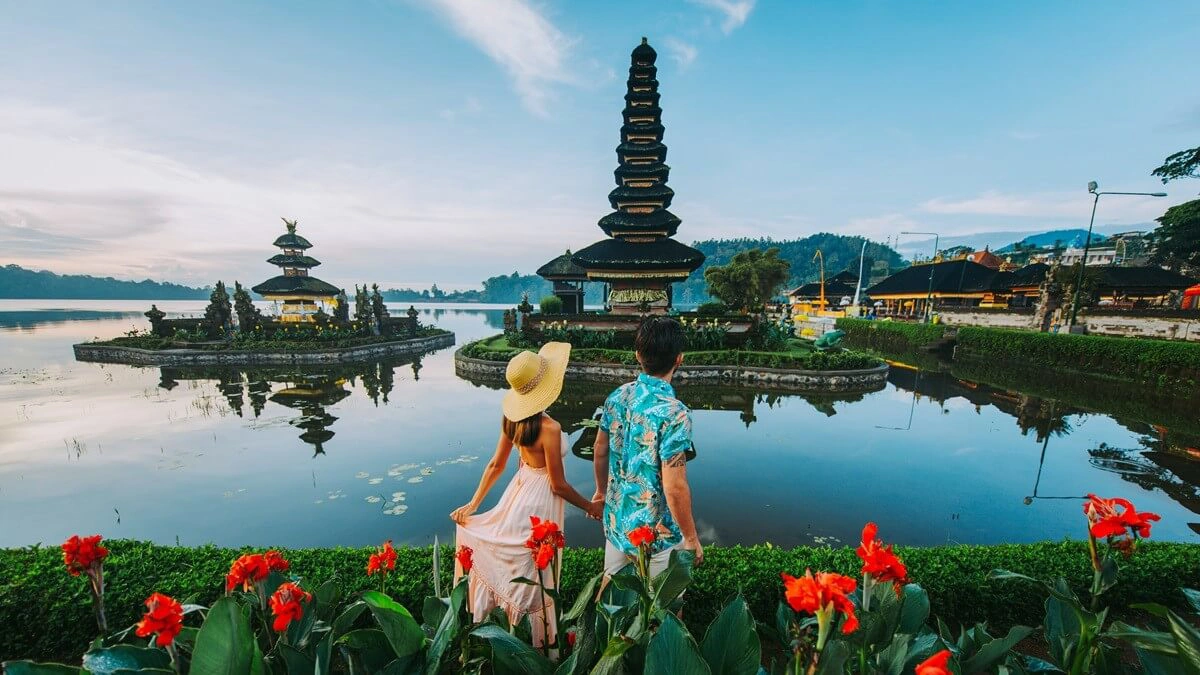
To enter Bali, travelers need a passport valid for 6 months; many nationalities get 30 days visa-free, while longer stays require a Visa on Arrival or e-visa. The island has a tropical climate with a dry season (Apr–Oct) ideal for beaches and festivals, and a wet season (Nov–Mar) with lush green landscapes. Cash in Indonesian Rupiah is essential for small expenses, though cards are accepted in larger venues, and transport mainly relies on taxis, ride-hailing apps, scooters, or private drivers. Visitors should respect local customs—dress modestly at temples, remove shoes in sacred spaces, and use the right hand when giving or receiving items.
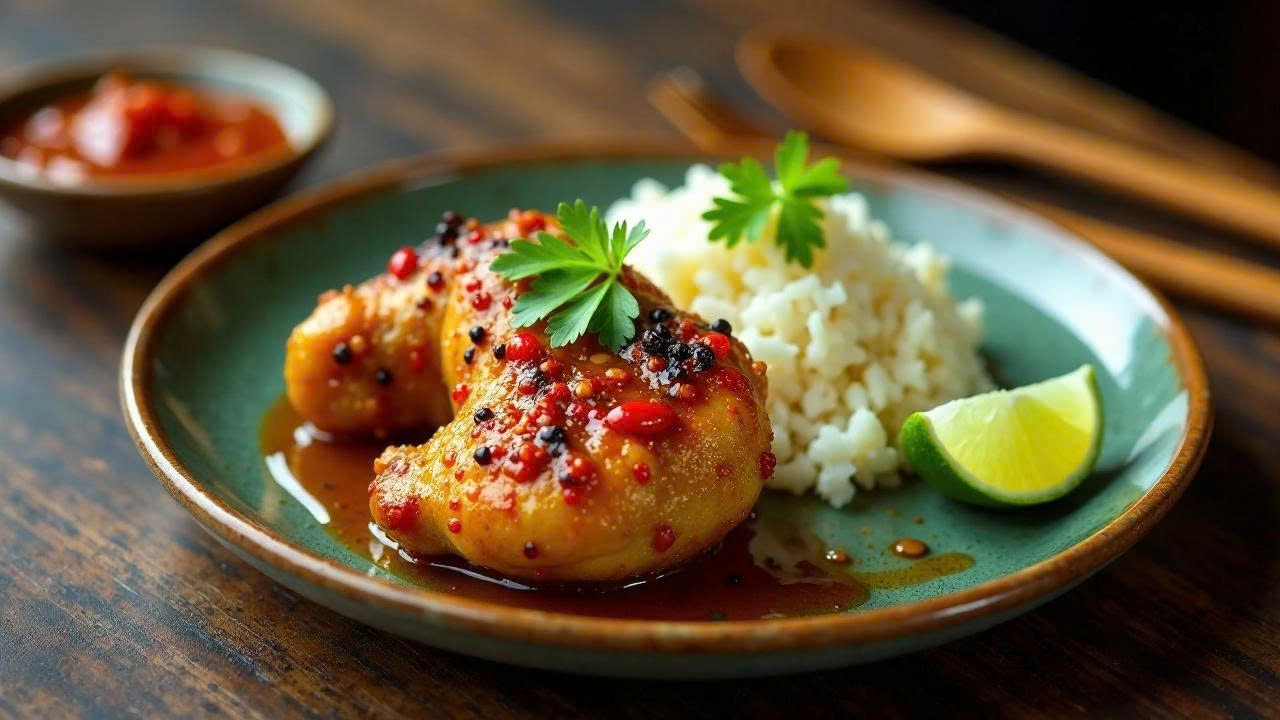
Balinese cuisine is a vibrant reflection of the island’s culture, shaped by its Hindu heritage, fertile volcanic soils, and abundant spices. Meals are a harmonious balance of flavors spicy, savory, sweet, and aromatic—brought together through fresh herbs, coconut, peanuts, and chili-based spice pastes known as bumbu. Rice is the centerpiece of most meals, complemented by grilled meats, seafood, and an array of vegetable dishes. Many recipes are deeply rooted in ceremonial traditions, often served during temple festivals and family gatherings, making Balinese food not only a culinary delight but also a cultural journey.
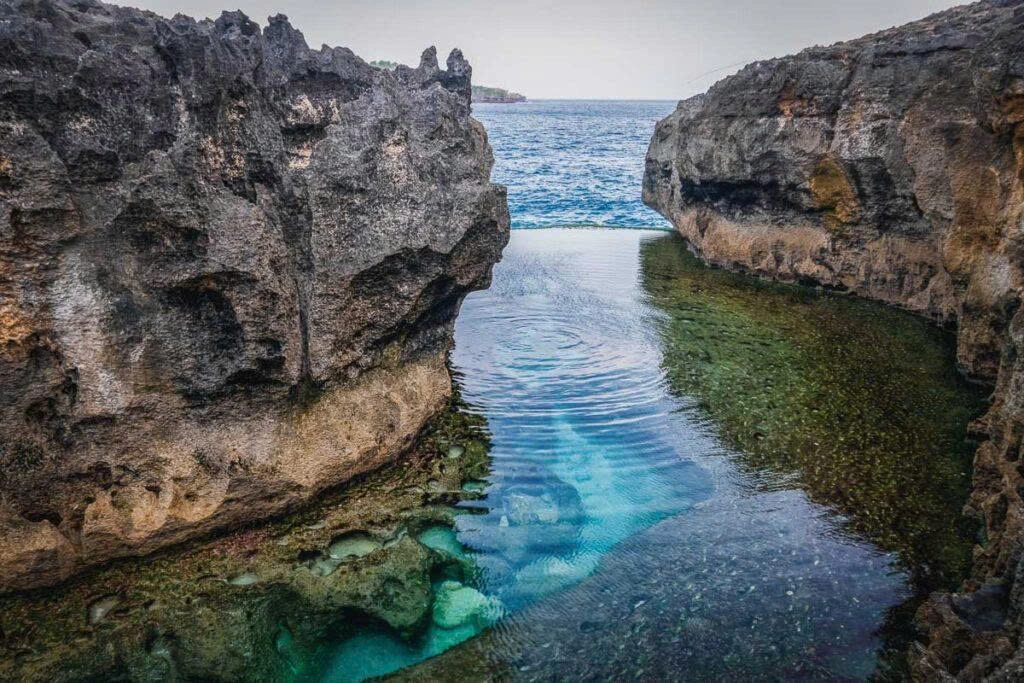
Nusa Penida is a stunning island off Bali’s southeast coast, famed for its rugged cliffs, crystal-clear waters, and dramatic landscapes. Highlights include Kelingking Beach with its dinosaur-shaped headland, Angel’s Billabong, and Broken Beach. Popular for snorkeling and diving, the island offers encounters with manta rays and vibrant coral reefs, making it a paradise for adventure and nature lovers.
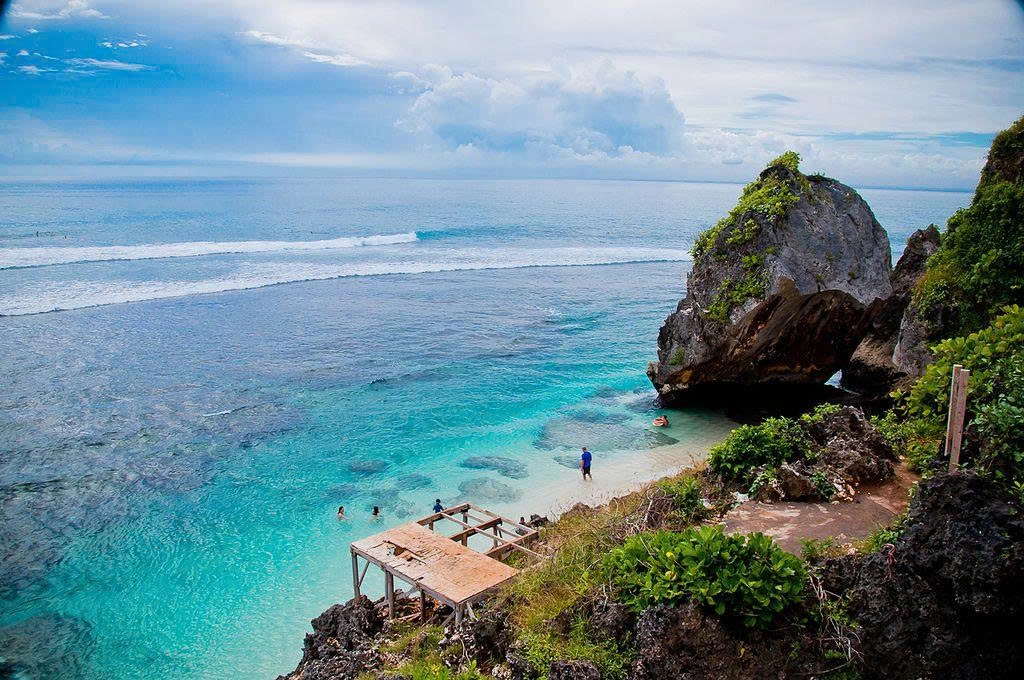
Uluwatu is renowned for its dramatic sea cliffs, world-class surf breaks, and breathtaking ocean views. At its heart lies the iconic Uluwatu Temple, perched high above the waves and famous for sunset Kecak dance performances. With luxury resorts, hidden beaches, and a relaxed coastal vibe, Uluwatu is a perfect blend of culture, adventure, and natural beauty.
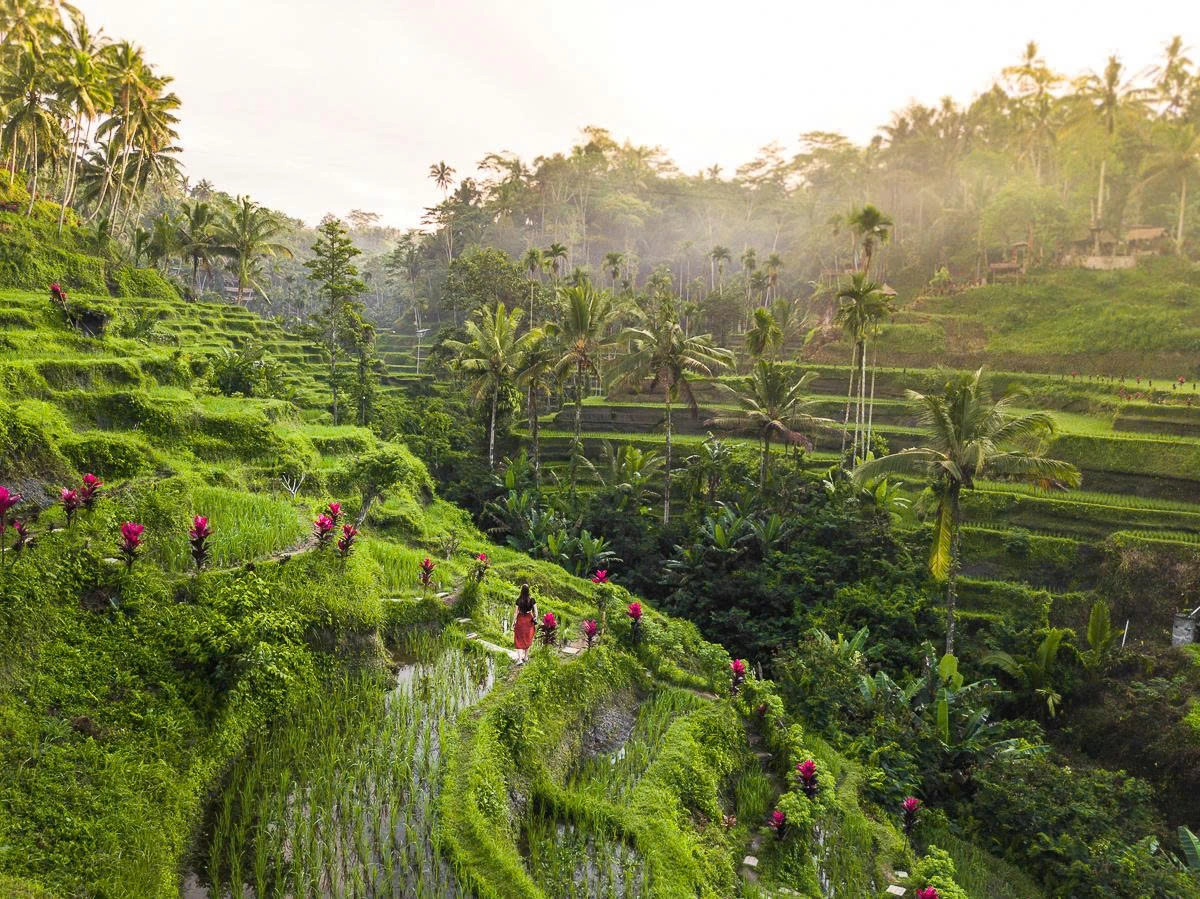
Ubud is the cultural and spiritual heart of Bali, surrounded by rice terraces, lush forests, and traditional villages. Known for its art, dance, and handicrafts, it’s also a hub for yoga, wellness, and spiritual retreats. With its temples, galleries, and serene landscapes, Ubud offers a deeper connection to Balinese heritage and nature.
Preparing for your upcoming trip to Asia?
Let us know what we can arrange for you!